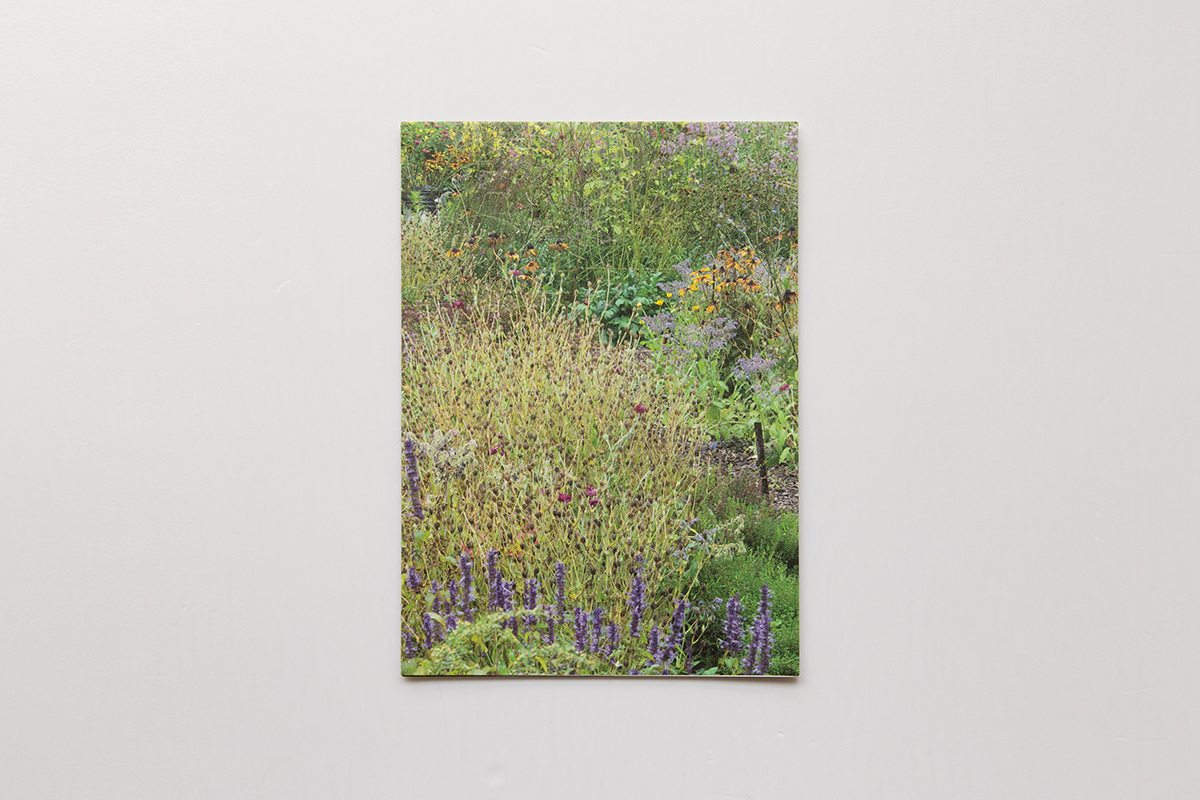
Untitled (On Non-monumentality)
The ancients did not see forward and
Those to come will not see the past.
I think on heaven, and earth, and the vastness of time,
And I shed tears of sorrow and solitude.
——“Ascending the Youzhou Tower,” Chen Zi’ang (Tang Dynasty)
I think what has always comforted me beyond all that is that you can think in geological time…that’s why I think stones or rocks are such a fantastic material. It’s geological time, it’s beyond ourselves, so I can only look at it aesthetically, which is comforting.
——Danh Vo
1. The “geological time” mentioned above by Danh Vo strikes a resonance across the centuries with this verse by the Tang poet Chen Zi’ang (661-702): “Heaven, and earth, and the vastness of time.” Each artist casts aside the cultural particulars of their era, invoking instead a certain universal human musing on the scope of time. Their musings lead one to consider how the reciprocal reflections between the span of a fragile human life and the far greater scale of cosmic time can provoke feelings of both sorrow and relief, approaching the subtle realm of Master Hong Yi (1880-1942)’s words, “joy and sadness mingle together.”
2. A small boat rides the rushing river’s current. The people on board and the stones standing upright along the banks gaze at each other across the water. These are the Red Cliffs, a legendary battlefield of the Three Kingdoms era, as recalled by the Northern Song poet Su Shi (1037-1101) in “First Ode on the Red Cliffs”:
We ride our small boat, drinking from our simple cups of gourd. We are no more than mayflies wandering this terrestrial world, or grains of millet drifting on the deep ocean.
“As soon as we engage in any ontological reflection on the environment around us, the metaphor of a boat [craft] inevitably arises,” points out John Durham Peters in The Marvelous Clouds – Toward a Philosophy of Elemental Media. Peters reminds us that the boat is a long-standing metaphor for the state of human existence that represents the capacity of humanity to survive diverse dangerous environments through the use of the technologies we’ve developed. “Aboard the craft, technology represents our ontological understanding, whereas art allows us to recreate nature.”
As I see it, in the moment that the people on the boat gaze upon the cliffs along the shore, the possibility emerges for them to engage in comprehensive reflection on the total state of humanity.
3. Our explorations of “geological time” and “Heaven, and earth, and the vastness of time” seem to take on the quality of a journey back to our source. When we examine the origins of things and the state of humanity, there is an implied possibility of entering a recursive cycle: an explanation for an explanation, the circumstances of a circumstance. In other words, this search can be an endless one: behind every circumstance lies another, and the chain of causality has no origin or terminus.
4. Like a ferryman (passeur) traverses the river of time, Danh Vo seems to continuously salvage objects from the water, assembling a collection of “untitled ruins.” The river conceals both vestiges of nature itself and the traces of human activity. In this sense, the “untitled” site becomes an intersection where human time meets the time-scale of the planet, a common space where the value of life can be pondered and questioned, inviting us to see this cathartic contemplation as an opportunity for awareness.
5. Another “ruin”: an edifice stretching toward the sky—the incomplete grand plans of humankind—forming instead an open space where weeds grow and people migrate back and forth. In this space, all exhausted aspirations and desires can be accepted.
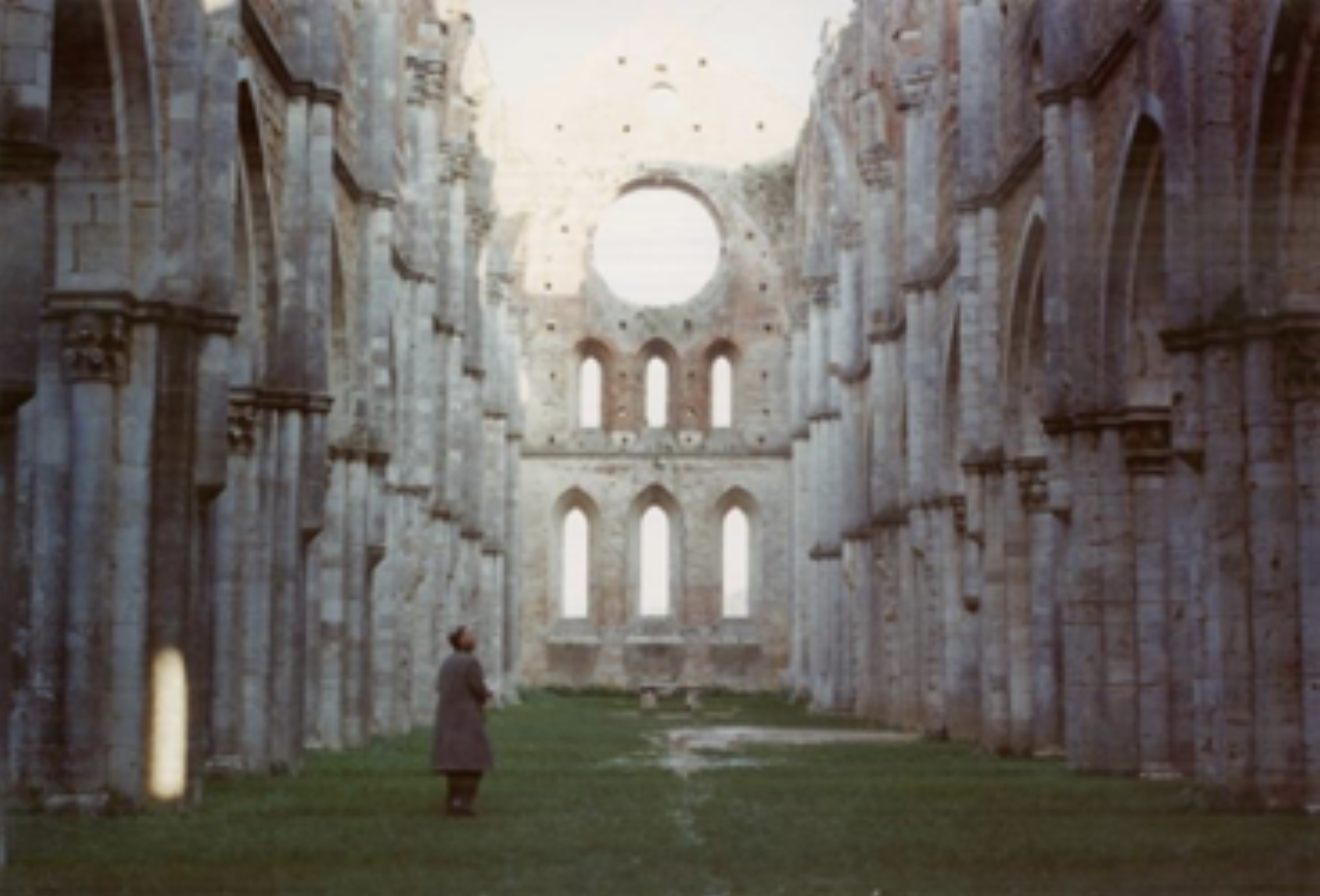 Film still from “Nostalgia” by Andrei Tarkovsky, 1983
Film still from “Nostalgia” by Andrei Tarkovsky, 1983
We must not forget that we are humans, we are merely creations. We are given spiritual inspiration, but we are only creations. For, in the next life, all things will have a single source, and everything will be built from the same material.
– Andrei Tarkovsky
6. The materials of Danh Vo’s work are not symbols and signifiers. They are not attempts to explain time or imitate human activity within time. As I see it, Danh Vo keenly captures the materials themselves, as if they were evidence of accumulated states of consciousness over time. The artworks are always arriving in the inevitable moment of crystallized interactions between materials and the limitless possibilities they contain. They become “sites” that are difficult to name, sites that invite us, as members of humankind, to go deeply within. In the endless journey of retracing the path to our source, the scope of humanity’s timespan is unfurled, and the true conditions of human freedom are revealed.
7. If gazing up at the sky offers humankind a sense of consolation that is just as important as walking across the earth, then here, in these “untitled” sites, Danh Vo renounces walls and returns to the earth’s surface in order to interrogate and release the potentiality of sculpture. Non-monumentality can be a method of portraying the intrinsic value of humankind, for all of the earth’s grand edifices stretch toward the skies, but in the end, it is their destiny to return to the earth.
(Hu Fang)
Excerpts from “Danh Vo: untitled”, published on the occasion of Vitamin Creative Space at S.E.A. Focus 2023: a world, anew, The Pavilion, 2023.
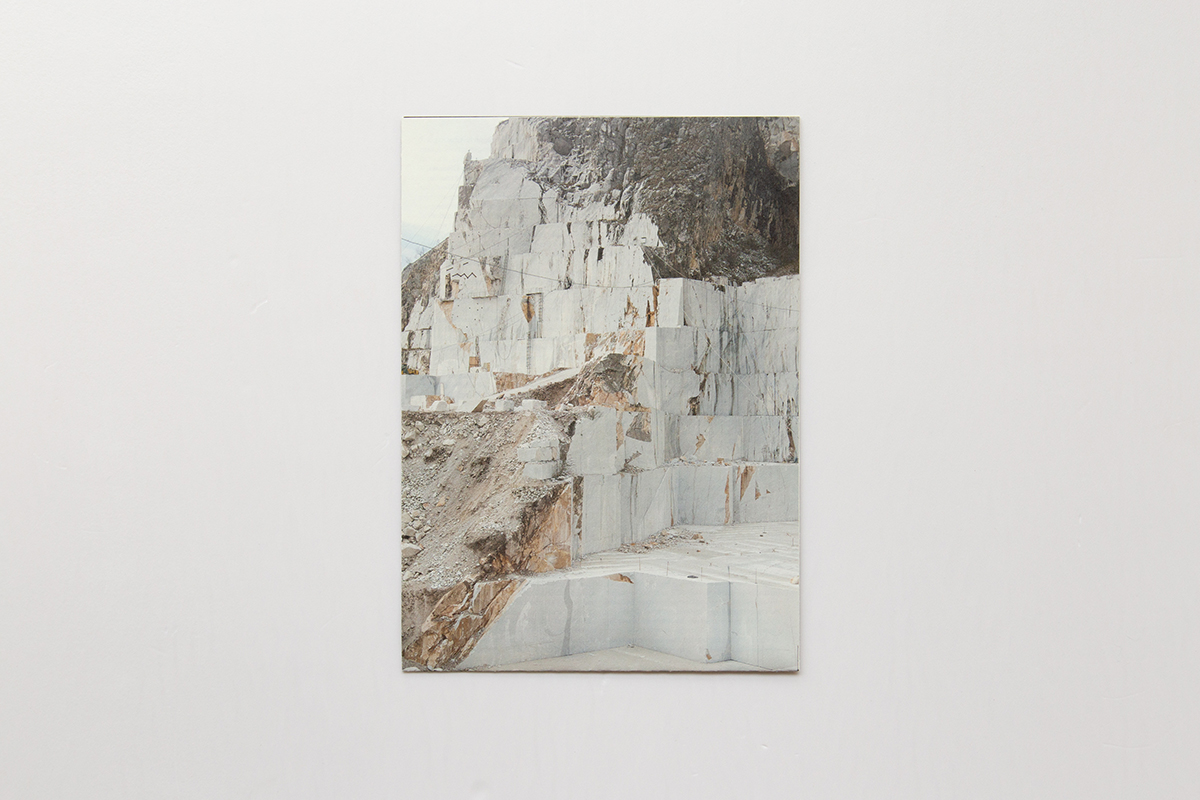
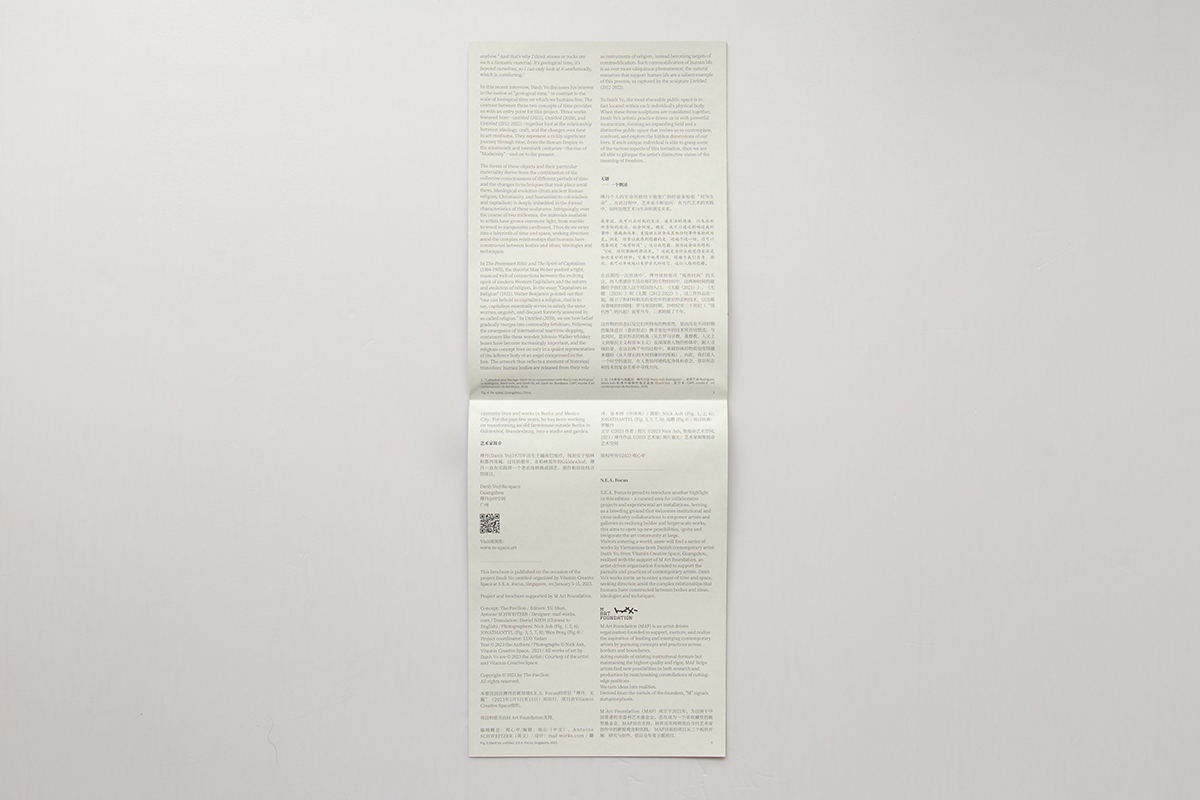
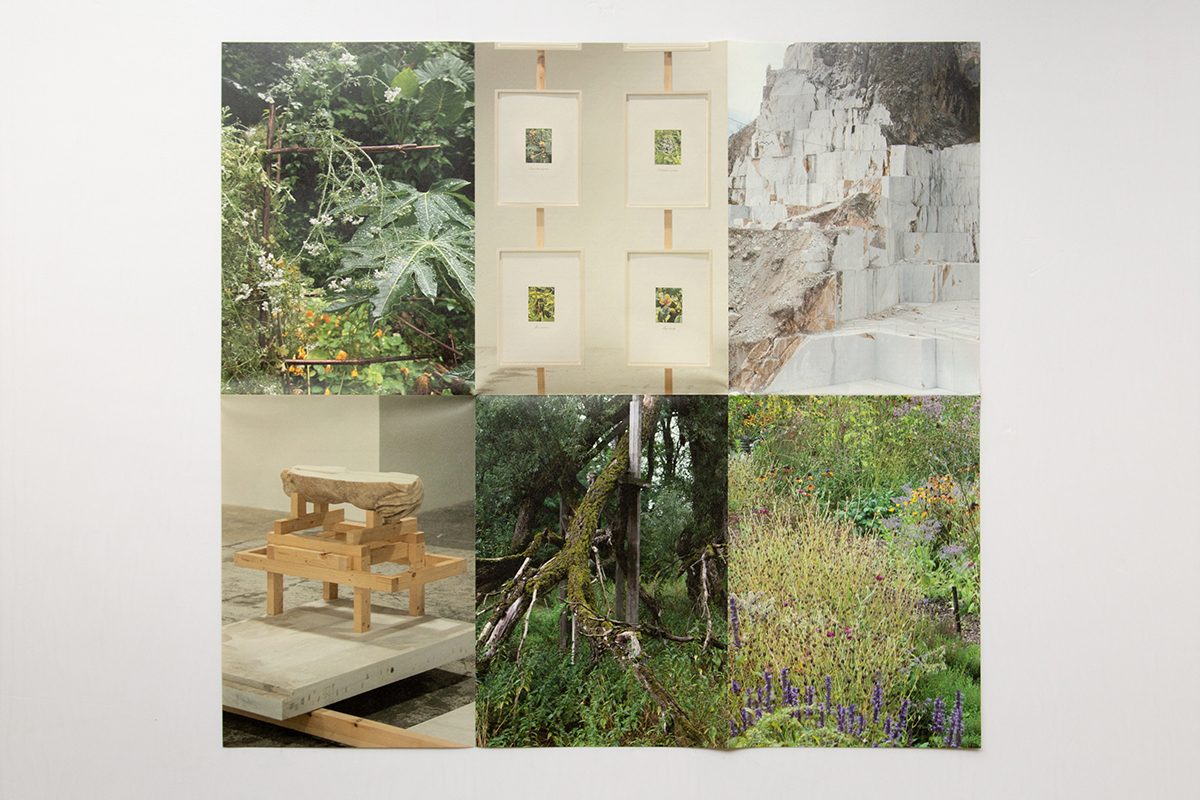
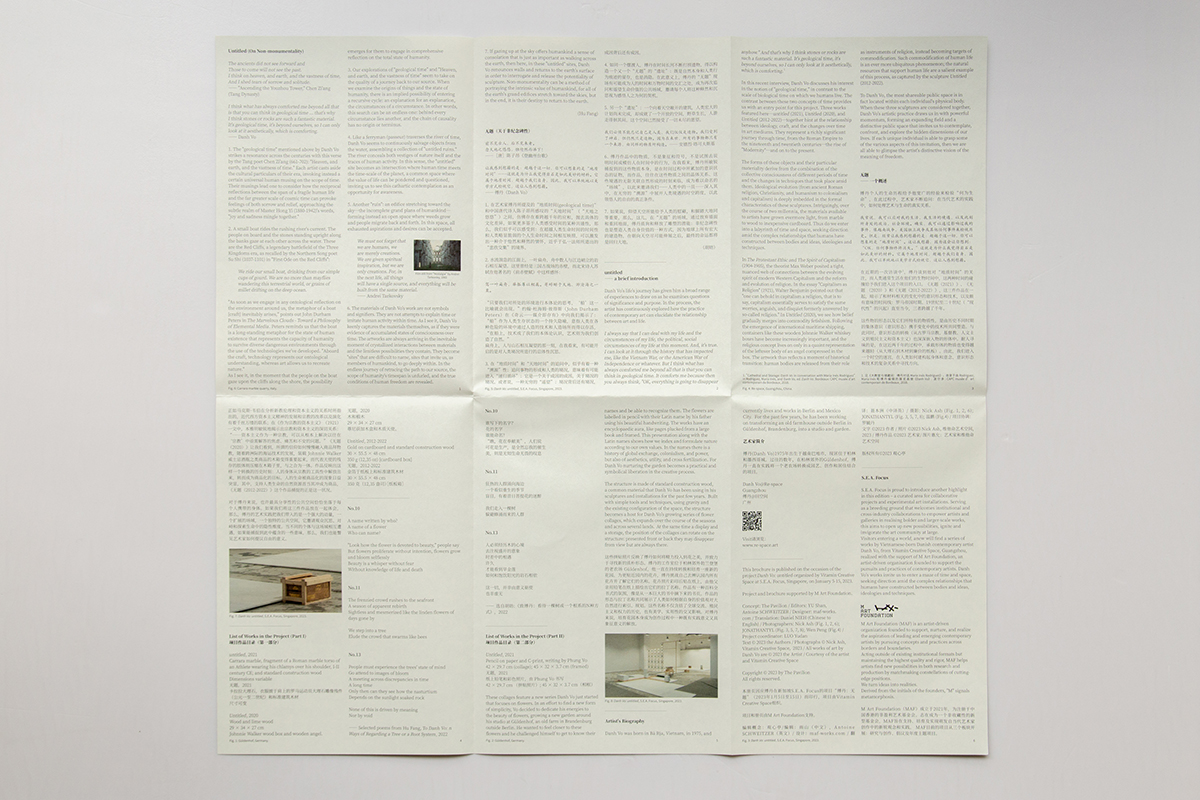
Language: English and Chinese
Size: A4 sized folding brochure
Pages: 12 (color)
Year: 2023
More on >>
[About the Artist]
Danh Vo was born in Bà Rja, Vietnam, in 1975. Vo’s family fled the country in a homemade boat when he was four years old, the vessel was rescued at sea by a Danish freighter. Danh Vo grew up in Denmark, studied at the Royal Academy of Fine Arts (1998-2002) in Copenhagen and the Städelschule (2002-2005) in Frankfurt. He lives in Mexico City and is currently working on a farm-housing project outside of Berlin in Güldenhof. His artistic practices often address issues relating to identity and belonging, authority, ownership, the role of personal relationships and other conditions that define human existence in contemporary time.
Image and Text: The Pavilion, ©Authors, The Pavilion, 2023